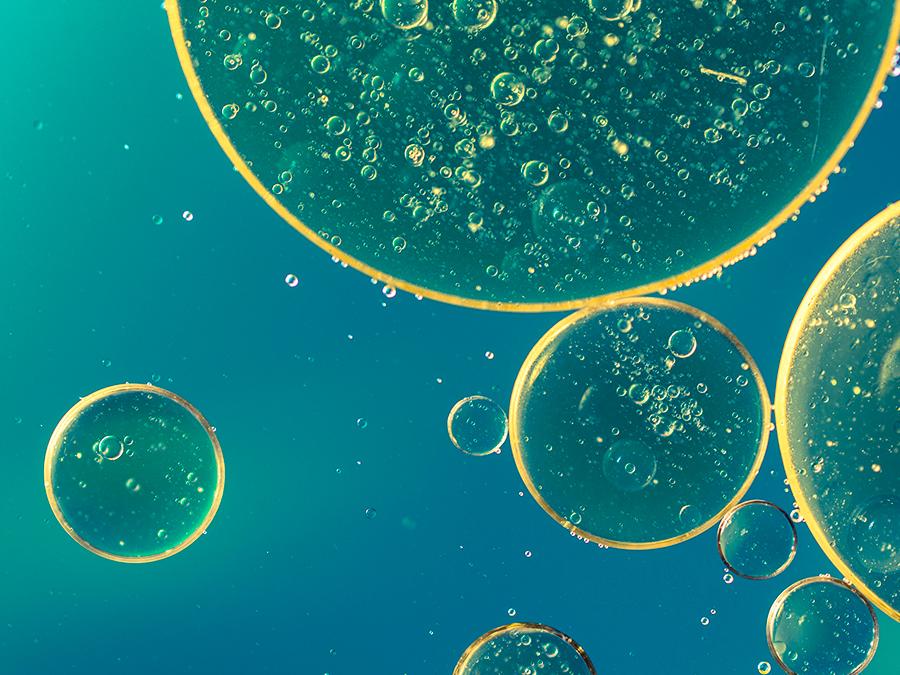You have about 15 grams of Hyaluronic Acid (HA) in your body and one third of this is degraded and resynthesized every day. It is one of your body’s main lubricating components. It allows your joints to move and lets your muscles slide over each other smoothly. It is also a major component of your skin. It is produced by the cells in your dermis but found in particularly high concentrations in the basal layer. It is here that hyaluronic acid holds water and aids in tissue repair.
If you look at the ingredients on any Esse moisturiser or water-based serum, you will see Hyaluronic Acid (listed as Sodium Hyaluronate). Although we don’t talk much about it, this is one of the key ingredients in the range.
Hyaluronic Acid is not an easy ingredient to include in a product effectively but when it is used properly, it is one of the most effective anti-ageing ingredients in all of skincare. It reduces wrinkle depth and increases skin hydration, firmness and elasticity but there are a few catches …
As with almost everything in the skincare industry, there is a lot of misinformation with regard to Hyaluronic Acid. Common claims include statements like – “This ingredient can hold more than 1000 times its mass in water” – or – “1g of HA can hold 6 Liters of water”.
The real science is a little different, Hyaluronic Acid can hold around 10 times is own weight in water, which should be impressive enough. The frequently quoted “facts” often come from an academic paper that quoted that the molecule could hold 1000% (which is the same as 10 times) its weight in water and once non-scientific minds (like those of us marketing people) got involved things got misconstrued.
Hyaluronic Acid is an expensive ingredient and most brands use very low levels as profit maximisation is at the forefront of many brand mandates.

Another relevant consideration is the size of the molecule used. Hyaluronic Acid is a polymer (a fancy term for a long string of repeating units). If the number of units is very small then you have a small molecular size (perhaps 20 kDa). If the number of units is large then you have a much larger molecule (perhaps 7 000 kDa). For a molecule to penetrate into skin it needs to be small but here is a catch – if it’s too small it creates inflammation in skin. The sweet spot is between 60 and 80 kDa but this comes at extra cost because separating out this weight of molecule from the rest is difficult.
Hyaluronic Acid is a key ingredient for Esse so we feel that the extra cost is well worth it!
And in case you were wondering, our source is from bacteria rather than the usual source which is animal cartilage.





